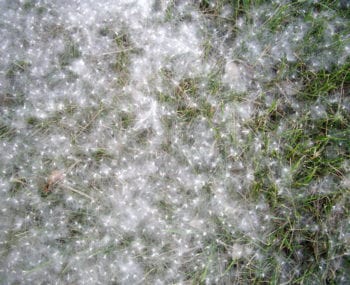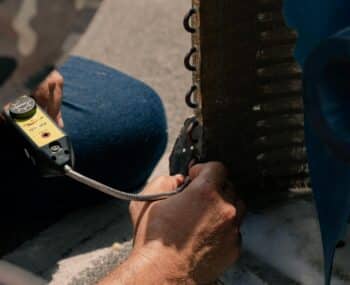Managing Comfort With Record Setting Rainfall in Indianapolis
By: Brian Schutt | July 13, 2015
Increased Rainfall in Indianapolis Impacts the Comfort Inside Your Home
I can’t remember a summer with more rain since I’ve lived in Indianapolis. With the exception of college in West Lafayette and a few years in Cabo, I’ve been here since 1979. According to the National Weather Service, it was officially the 7th wettest June on record for Indianapolis. And as of July 18, it is already the 3rd wettest July on record.
So why are you reading about weather on an HVAC blog? Well the outdoor weather has a dramatic impact on what heating and air conditioning systems are able to do to make your indoor climate comfortable.
Understanding Weather and Indoor Humidity
To understand how the heavy rainfall has an impact on your indoor comfort, you have to understand how humidity works. As the ground saturates and outdoor humidity levels rise, the overall relative humidity inside your home rises with it. This would seem to be common sense.
Thankfully, air conditioning systems during operation can remove some humidity from your indoor air. With a functioning air conditioning system running in regular cycles throughout the day, most homes in Indianapolis will maintain relative humidity between 50 – 60% during the summer.
Comfort Issues in Indianapolis This Summer
The comfort issues this June and July have been the combination of relatively low temperatures combined with the high rainfall levels.
Most air conditioning systems are controlled by a thermostat that is directed by temperature. So long as the temperature setting has been satisfied the air conditioner won’t turn on. What this sets up for on mild days with high humidity, is that your home could be 72 degrees but have 65% humidity. The combination of those means a sticky, uncomfortable home for most Indianapolis home owners.
How to Combat the High Humidity Inside Your Indianapolis Home
So long as this weather continues, there are a few options to combat this high humidity levels inside your home.
1) Change thermostat setting: The easiest and most cost effective solution is to set your thermostat to a lower temperature, and move your fan to ‘auto’. The combination of these will cause your air conditioner to run more, which will remove more moisture from the air, and allow your evaporator coil to fully drain after each air conditioning cycle. Leaving the fan on essentially blows air through your wet coil, which doesn’t help the humidity levels in your home.
2) Invest in a new thermostat: Invest in a thermostat with a dehumidification setting. Unlike the conventional thermostat I mentioned above, one that includes a dehumidification setting will allow you to directly control your indoor humidity levels like you currently can control the temperature. This combination of control will allow you to better control the indoor climate.
3) Invest in a whole house dehumidifier: For very uncomfortable, high humidity situations, a whole house dehumidifier can be the best solution. Many times this will be applicable to homes with a basement, that allows in more moisture. A whole house dehumidifier will remove moisture from the air, regardless of what the air conditioner is doing, and can help with other issues such as a mildew smell, and water on ductwork.
If summer actually does come and temperatures start to shoot up into the 90’s, the high humidity issues might resolve themselves. But if the rainfall records continue to be broken, keep an eye on your humidity levels.
![clean cottonwood snow from air conditioner indianapolis]()

![]()



